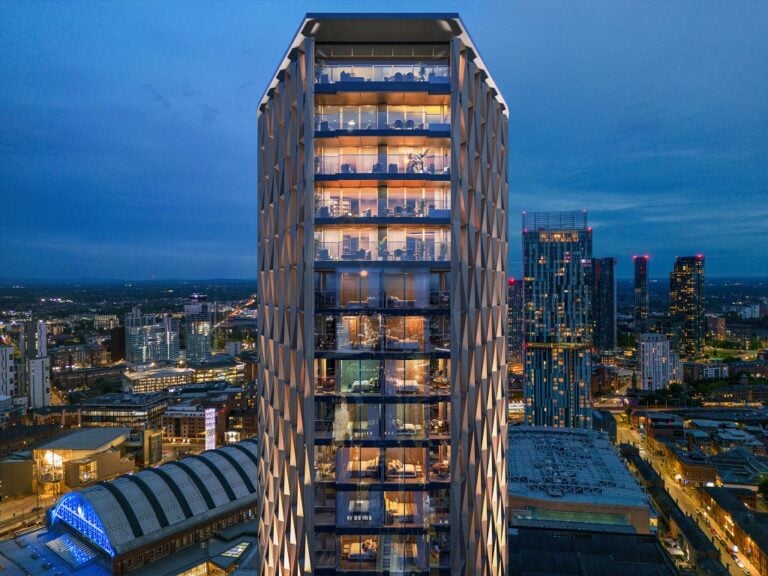The construction and housebuilding sectors have seen a rise in workloads and output volumes. There is also a greater level of confidence moving forward.
In the past year, the UK construction sector has adapted to the many challenges brought by the COVID-19 pandemic. Since the start of 2021, the market has seen increasing workloads and rising output volumes. And housebuilding in particular is leading this growth as confidence is strong in the sector.
Recently released reports show the construction and housebuilding sectors have gained strong momentum in recent months. And with strong prospects for the coming months, this growth is expected to continue gaining steam as COVID-19 restrictions further ease and the continuation of the vaccine rollout.
Duncan Brock, group director at the Chartered Institute of Procurement & Supply, comments: “The building blocks were in place in April as builders confirmed more work, more job opportunities and strong optimism for the next 12 months.”
Rebounding workloads
In the first three months of 2021, the UK construction sector got off to a strong start. The sector saw the biggest rise in workloads since 2016, according to the RICS UK Construction and Infrastructure Monitor.
The net balance indicator illustrating the change in workloads soared from +2% to 26%. This has been led by strong housing demand and the resumption of other projects as lockdown restrictions ease. The net balance of private residential workloads increased from +10% to +39%.
Respondents to the survey also reported an increase in new business enquiries. RICS members believe volumes of work will rise even more in the coming months. The report reveals estimates of productivity loss due to COVID-related work practices has decreased. This further shows the sector has adapted well to COVID-related work practices and health and safety guidelines.
Increasing output volumes
Additional research shows output volumes has been increasing steadily with a strong rise in April. This is according to statistics from IHS Markit/CIPS UK Construction PMI. Construction workloads were boosted by the quickest increase in overall new orders since September 2014.
In April, the total activity index posted 61.6. This is only fractionally down from March’s peak of 61.7. Any figure over 50.0 suggests an overall expansion of construction output. The index has shown growth in 10 of the previous 11 months. Only January 2021 was the exception.
Construction companies are also remaining highly upbeat about growth prospects. More than half of those surveyed predict an increase in business activity during the next 12 months.
Tim Moore, economics director at IHS Markit, says: “The UK construction sector is experiencing its strongest growth phase for six-and-a-half years, with the recovery now evenly balanced across the house building, commercial and civil engineering categories.
“New orders surged higher in April as the end of lockdown spurred contract awards on previously delayed commercial development projects. This added to the spike in workloads from robust housing demand and the delivery of major infrastructure programmes such as HS2.”
Housebuilding leading the way
The report by RICS reveals private residential construction gained the most momentum in the construction sector. The UK property market has been performing particularly strongly. The stamp duty holiday, which was first announced in July 2020, has boosted demand for housing dramatically.
Demand for new-builds in particular have been on the rise with a 9% increase compared to the same time in 2020, according to BuildScan. With such strong appetite for new-builds, there is growing confidence in the housebuilding sector. And the sector has remained remarkably resilient throughout the COVID-19 pandemic.
The government is targeting to deliver 300,000 homes a year by the mid 2020s and has made housebuilding a priority in recent years and especially throughout the past year. This will help bring forward more new-builds in the coming years and will help the sector keep up with this ever increasing demand.










